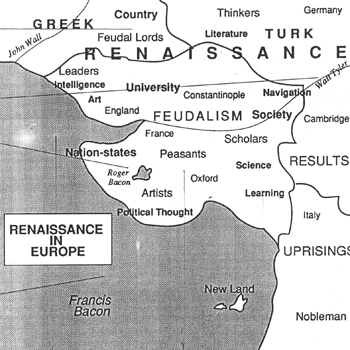In our daily lives, we come across more and more visual and verbal information. Ever since writing has been used to store thoughts, the written word has been used to convey information. Text has been playing a major role in communication in all media. Text manifests itself in different forms in books, magazines, newspapers, leaflets, brochures, etc. (print media), computer screens, television, video (electronic media), signage, environmental graphics, and most likely in all future media too. Though it is said that a picture is worth a thousand words, it takes words to bring out this exact message.
With the importance of text known to all, several methods have been devised to present text in its most appropriate form. From the micro level to the macro level, many methodologies are being used to enhance text. At the micro level, the fundamental unit of text, the alphabet, has been made available in different styles (typefaces), and at the macro level, various ways of organising text have been experimented with. Over the years, several norms have been accepted as essential to the organisation of text.
Organisation is described in the dictionary as a systematic arrangement or giving an orderly structure to or forming into an organic whole, etc'. It can be said that organisation leads to structure and order. Since order helps in learning, this in turn aids in easy retrieval of information.
We know how a newspaper looks, or how a magazine, a paperback novel, or a chequebook would look. Many of these norms have been taken for granted, and we only become aware of them when they are drastically altered. The organisation of the text has established these norms.
